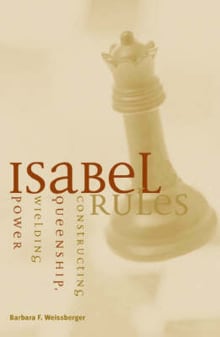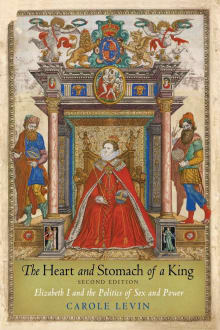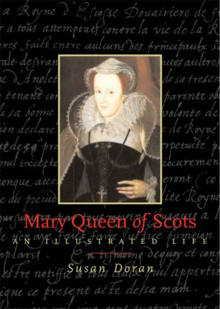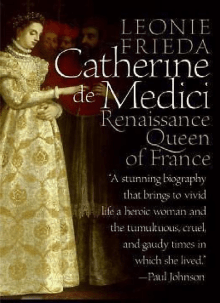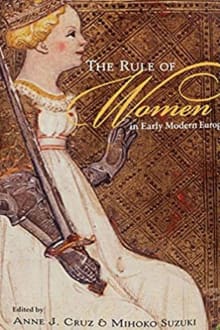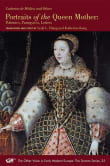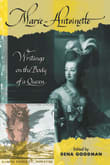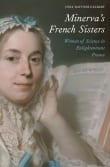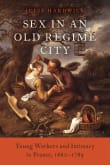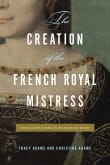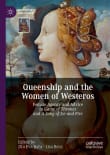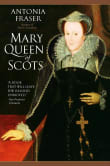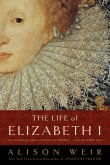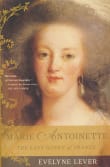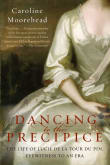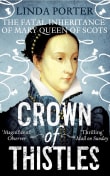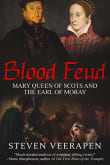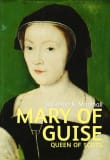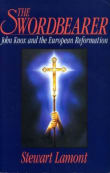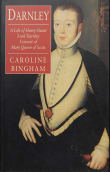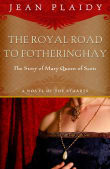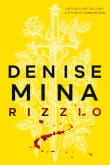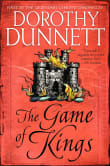
Why did I love this book?
Through her marriage to Ferdinand of Aragon, Isabel of Castile united the two most powerful kingdoms of the Iberian Peninsula, becoming the first early Renaissance queen to rule in her own right. As mother to five daughters and one son, the formidable ruler provided them with an unparalleled education and procured their marriages to the reigning dynasties of Europe. Much of what is known about Isabel, however, has relied on medieval chronicles and her own image-making as a legitimate heir, devoted wife, and pious ruler. Examining how this public image was created, Barbara Weissberger demonstrates the strategies adopted by both her supporters and her detractors when negotiating the challenges posed by her gender and her political program for converting all non-Catholics to Catholicism.
While her followers viewed her as a virtuous and submissive queen, her detractors imagined her as a rapacious vixen, whose illicit power threatened gender norms, creating anxiety about the nature of male and female sexuality. Researching a wide variety of medieval texts and the queen’s own strategies as a virtuous consort, Weissberger’s innovative book explains why these two opposing views have persisted throughout centuries and have even come to serve modern political ends.
1 author picked Isabel Rules as one of their favorite books, and they share why you should read it.
The movement to canonise the Catholic Queen Isabel has recently been revived and, therefore, this detailed and original scrutiny of both Isabel and the power she wielded is timely. Of special interest to Weissberger is the relationship between sexuality and power in 15th-century Spain, in particular the anxiety felt at the time about the nature of male and female sexuality. This created a conflict in the minds of Isabel's subjects in their perception of their queen as both spiritual and political leader and as a weak and corrupt woman. Drawing on documentary and literary accounts, Weissberger discusses male anxiety about…
- Coming soon!

